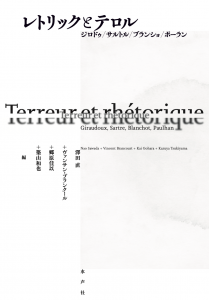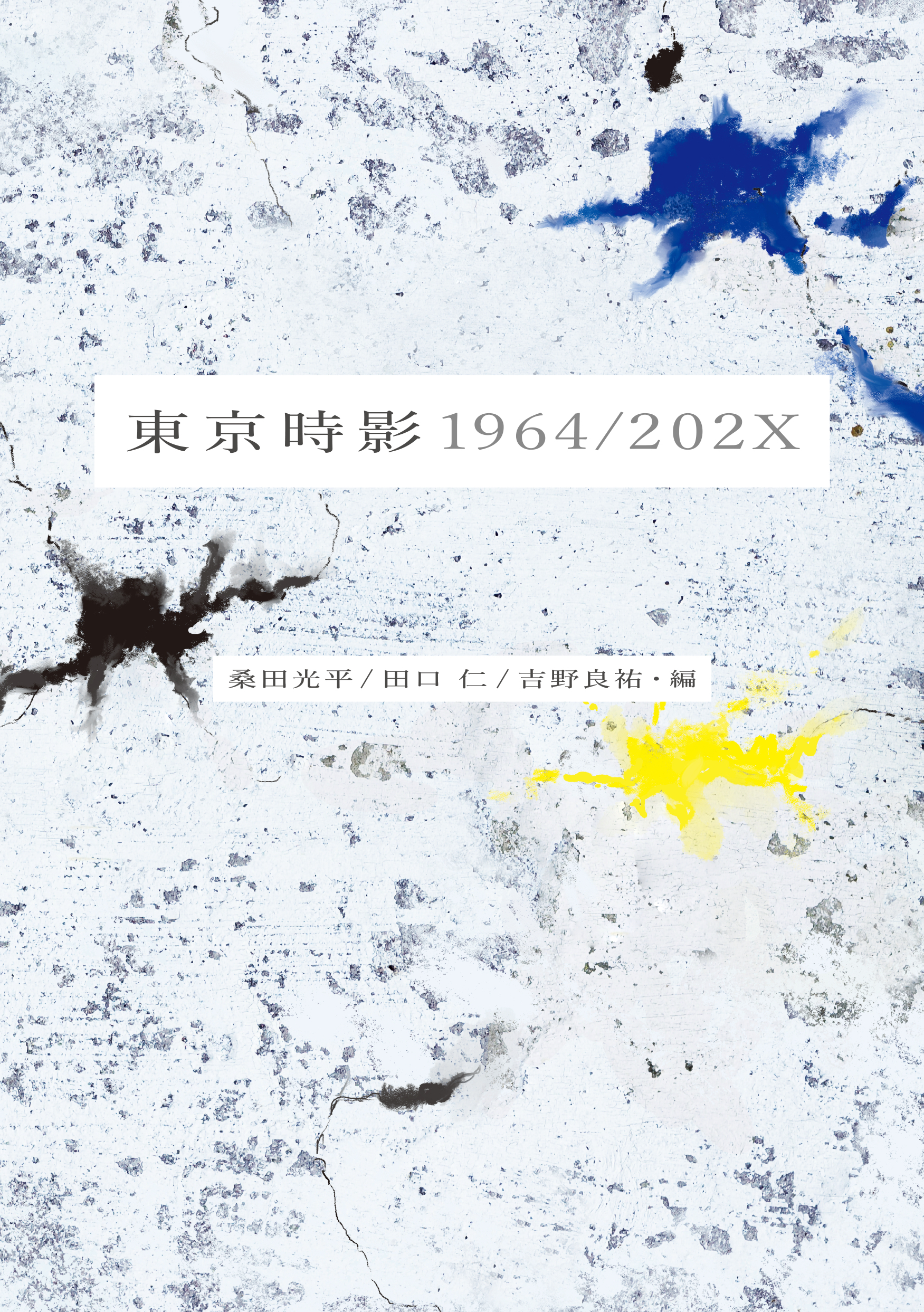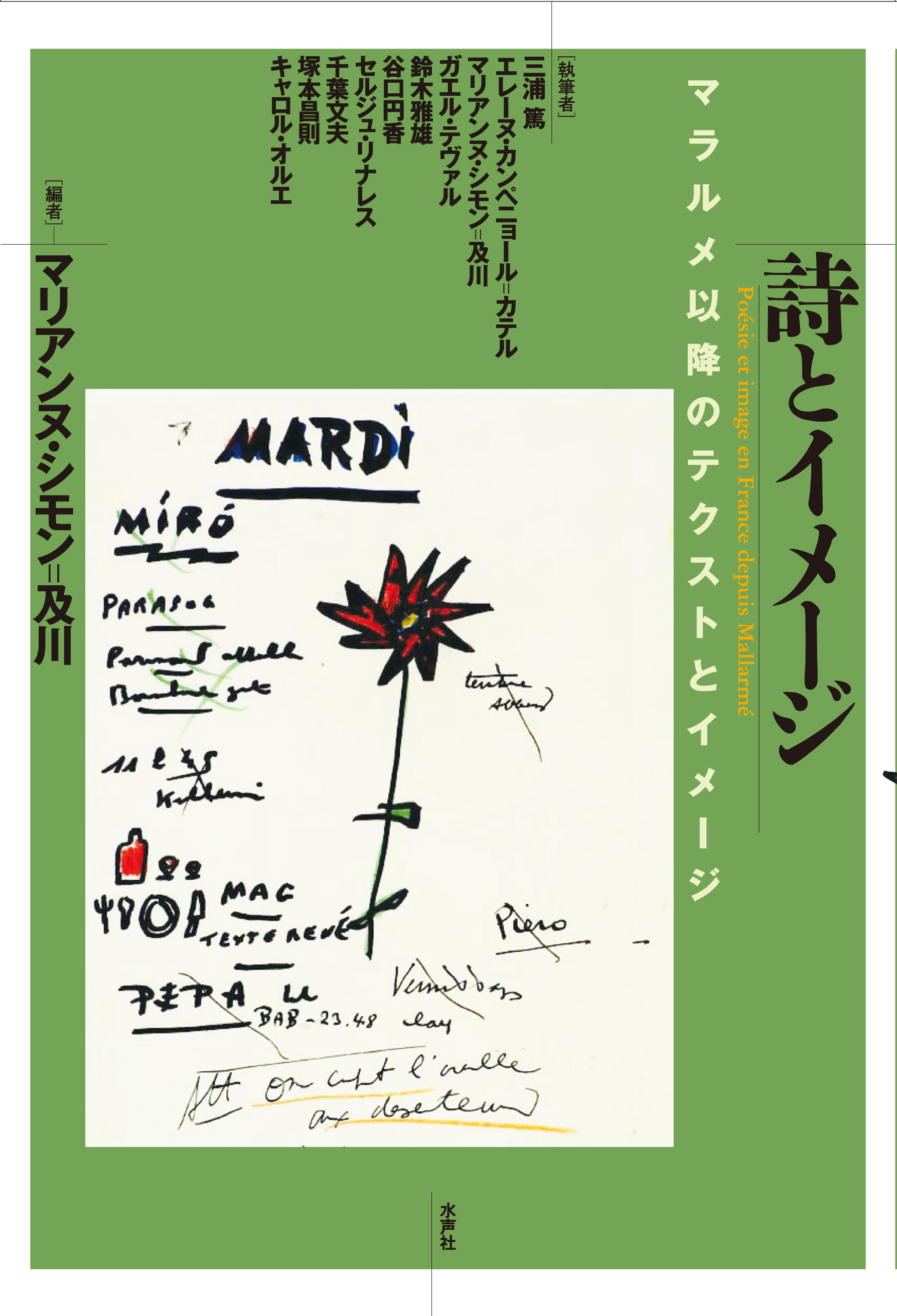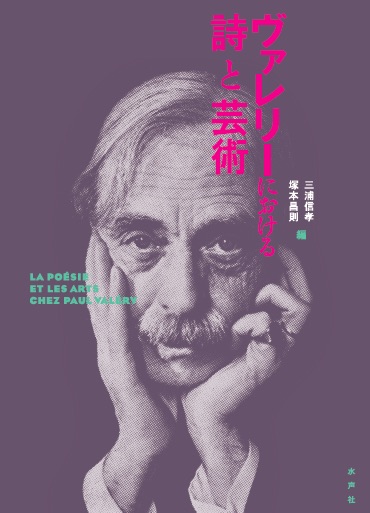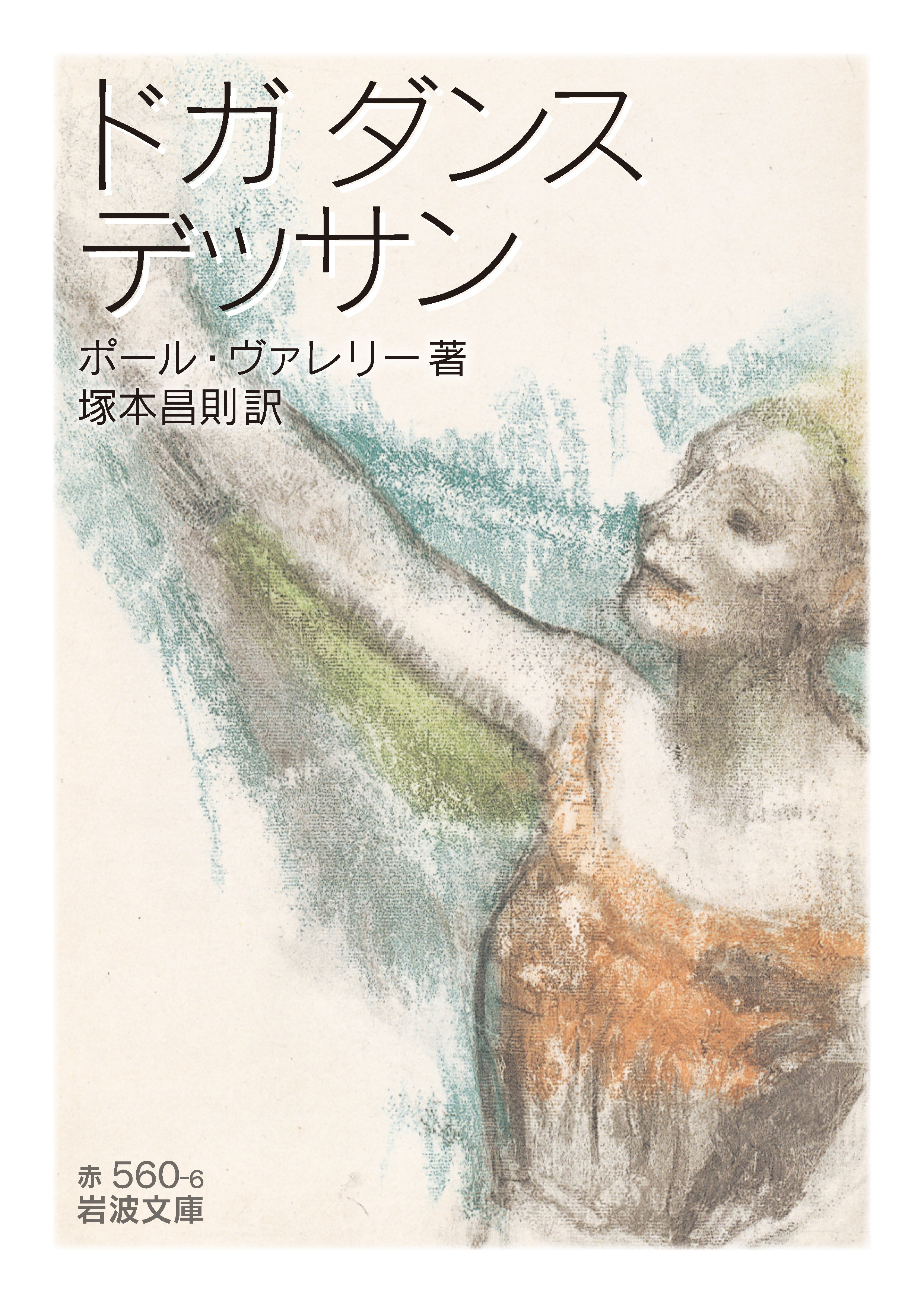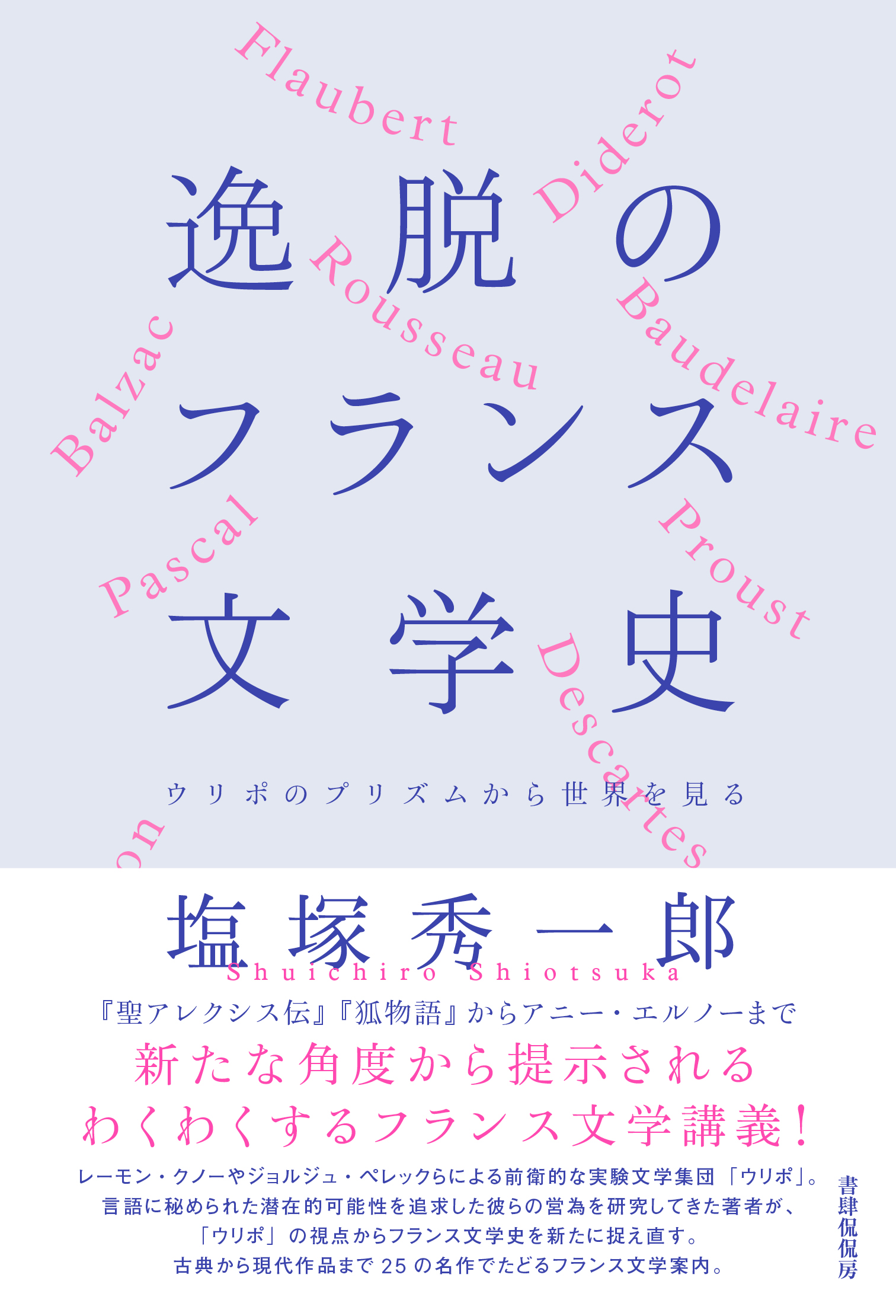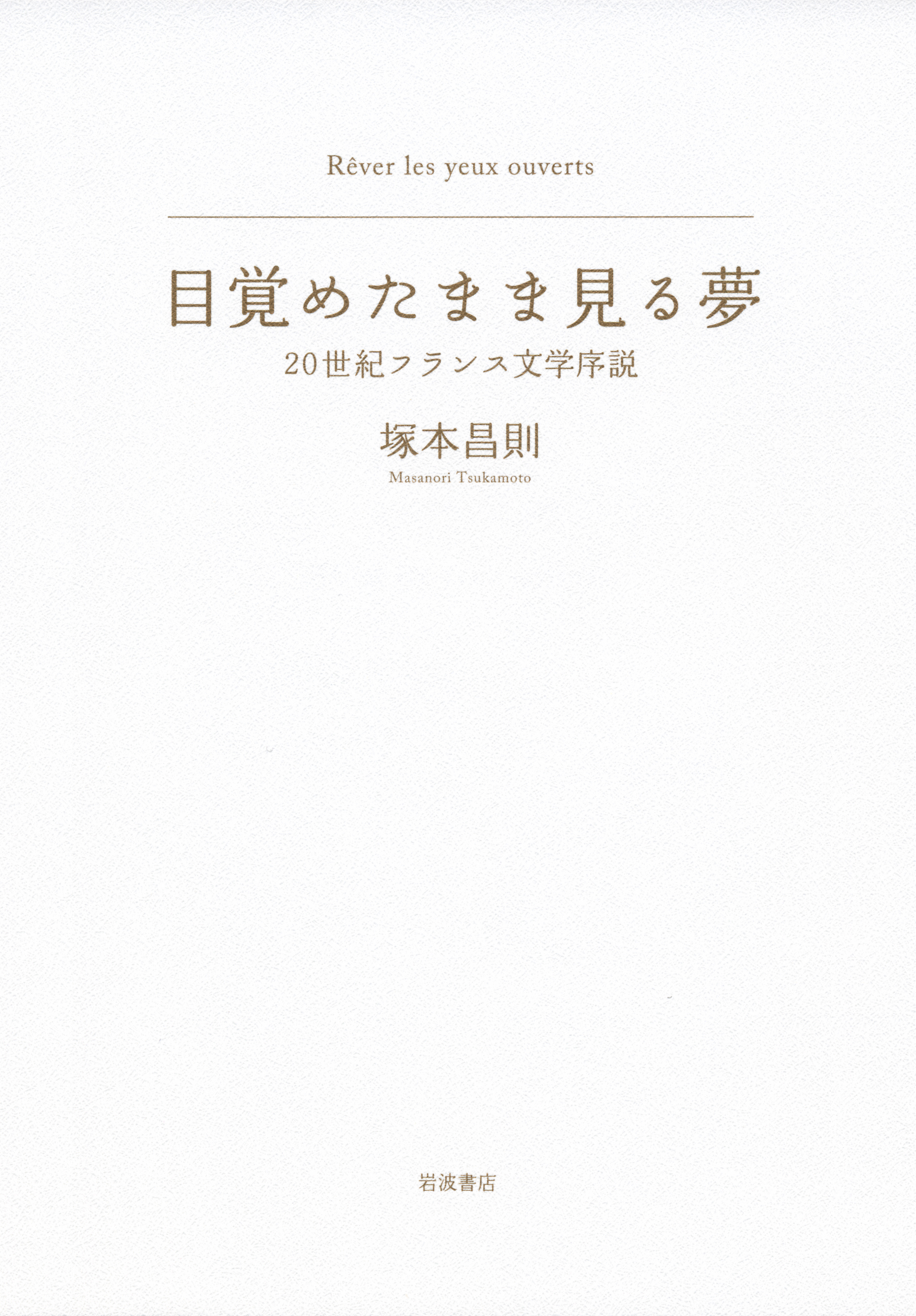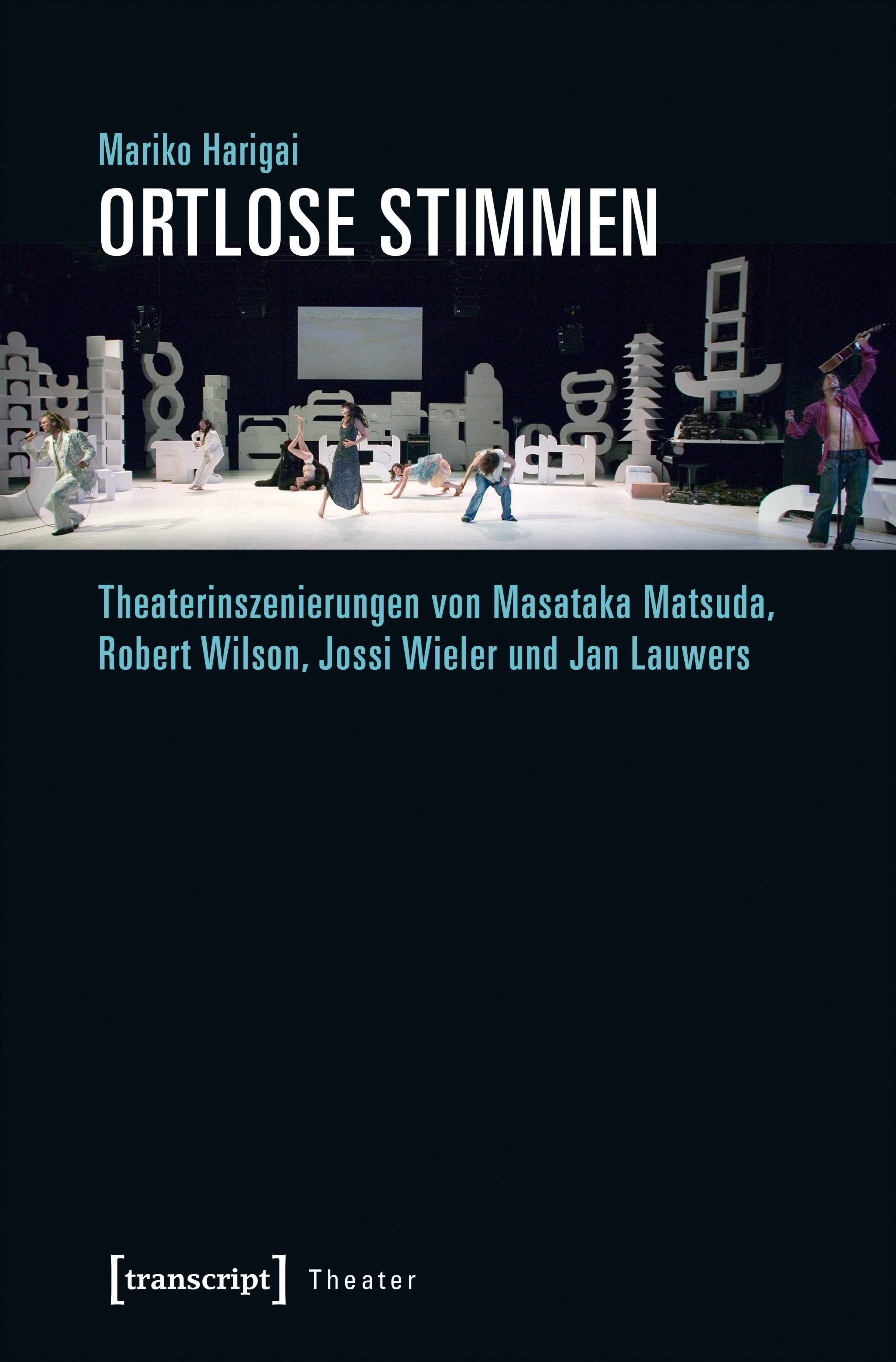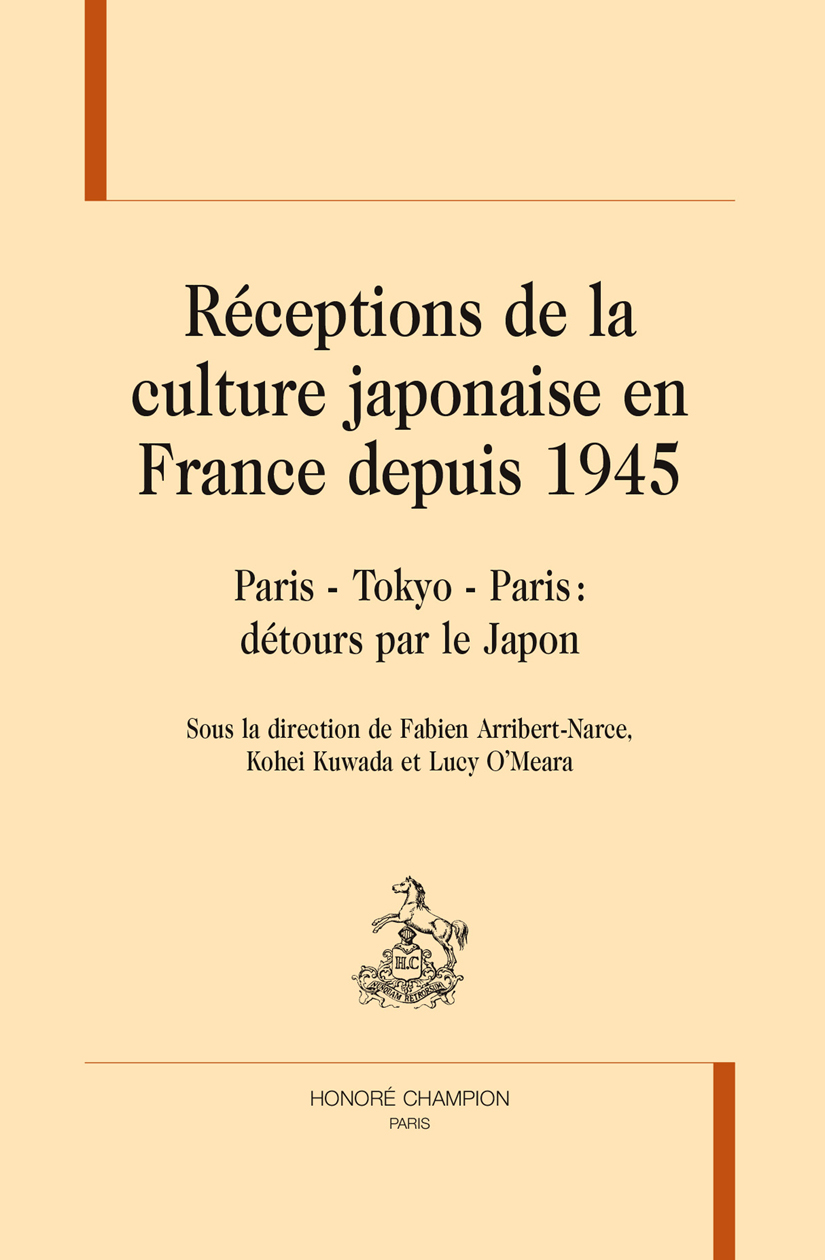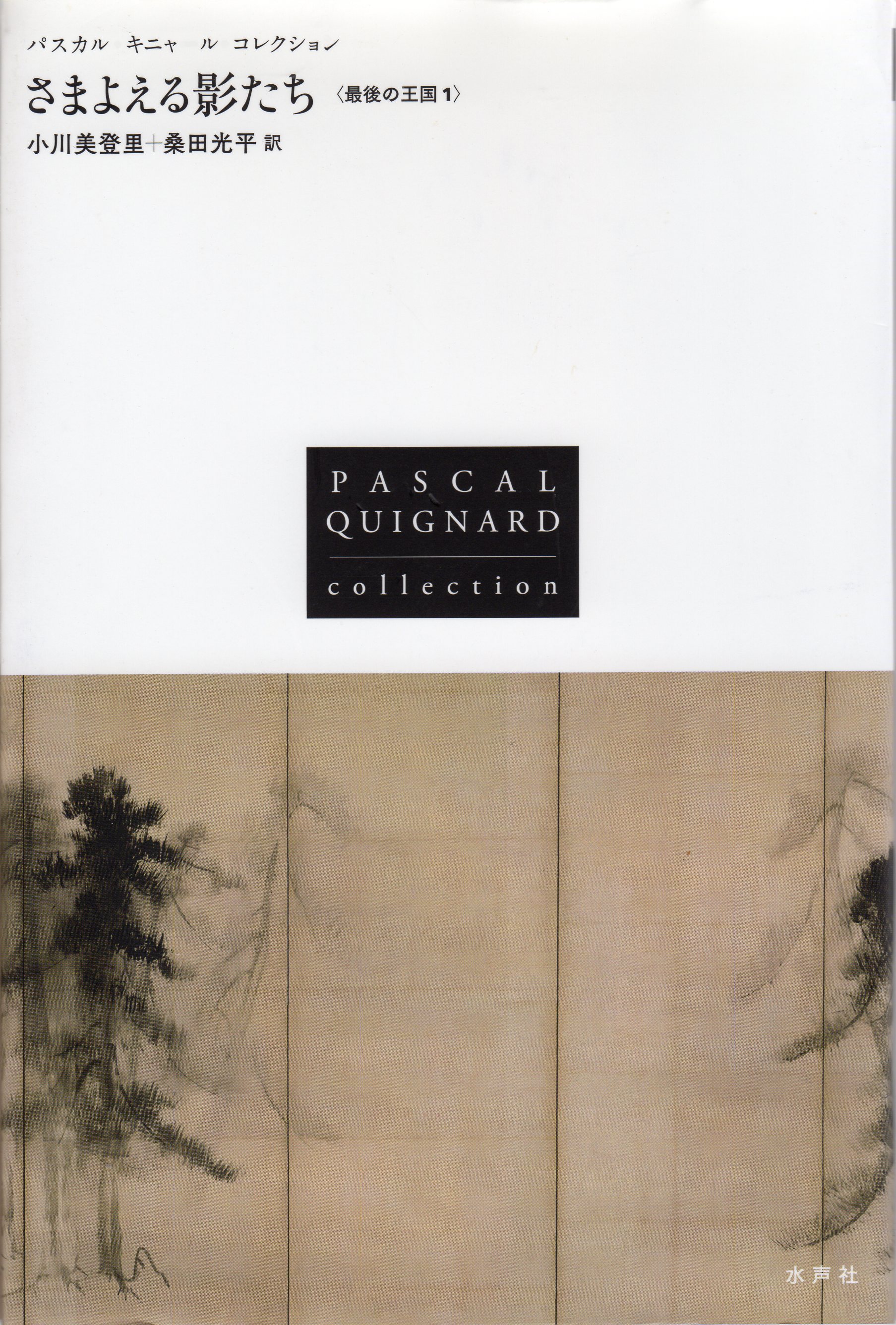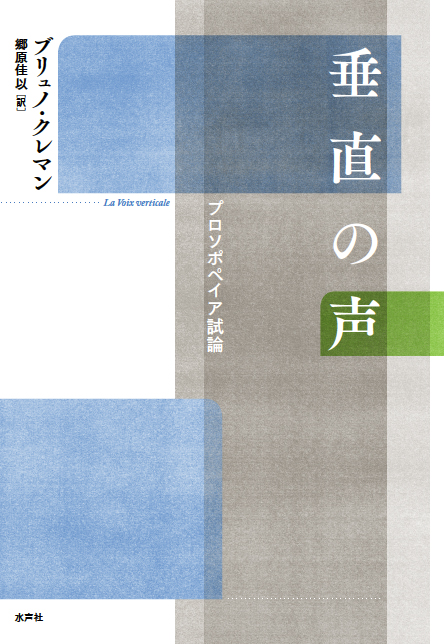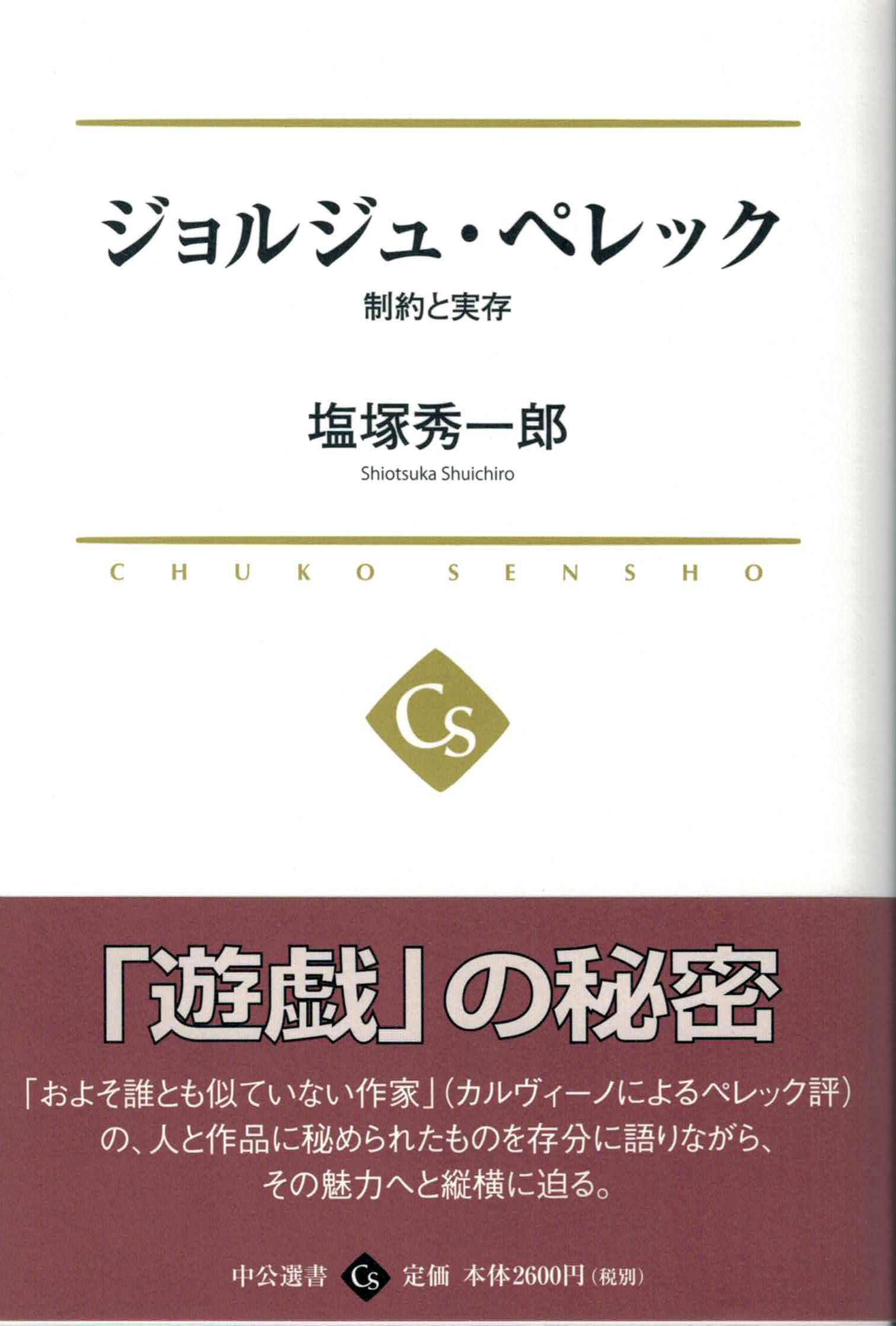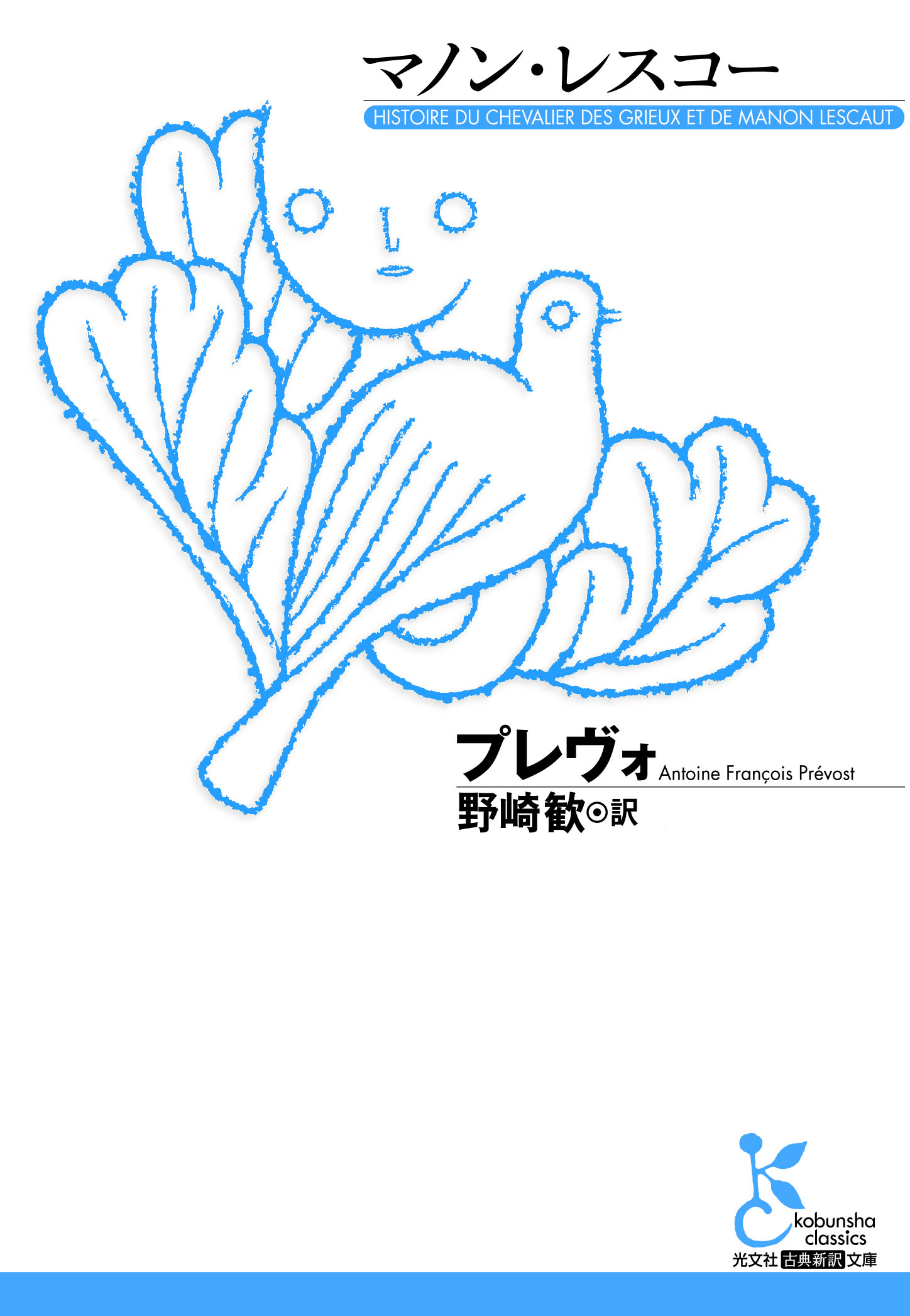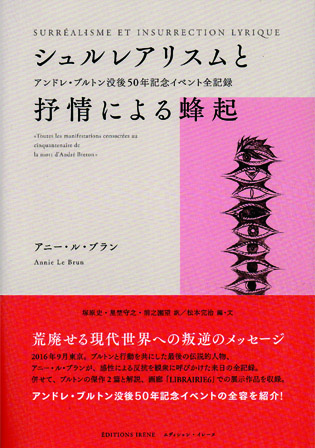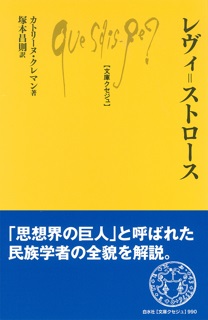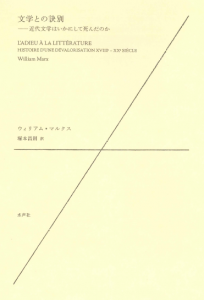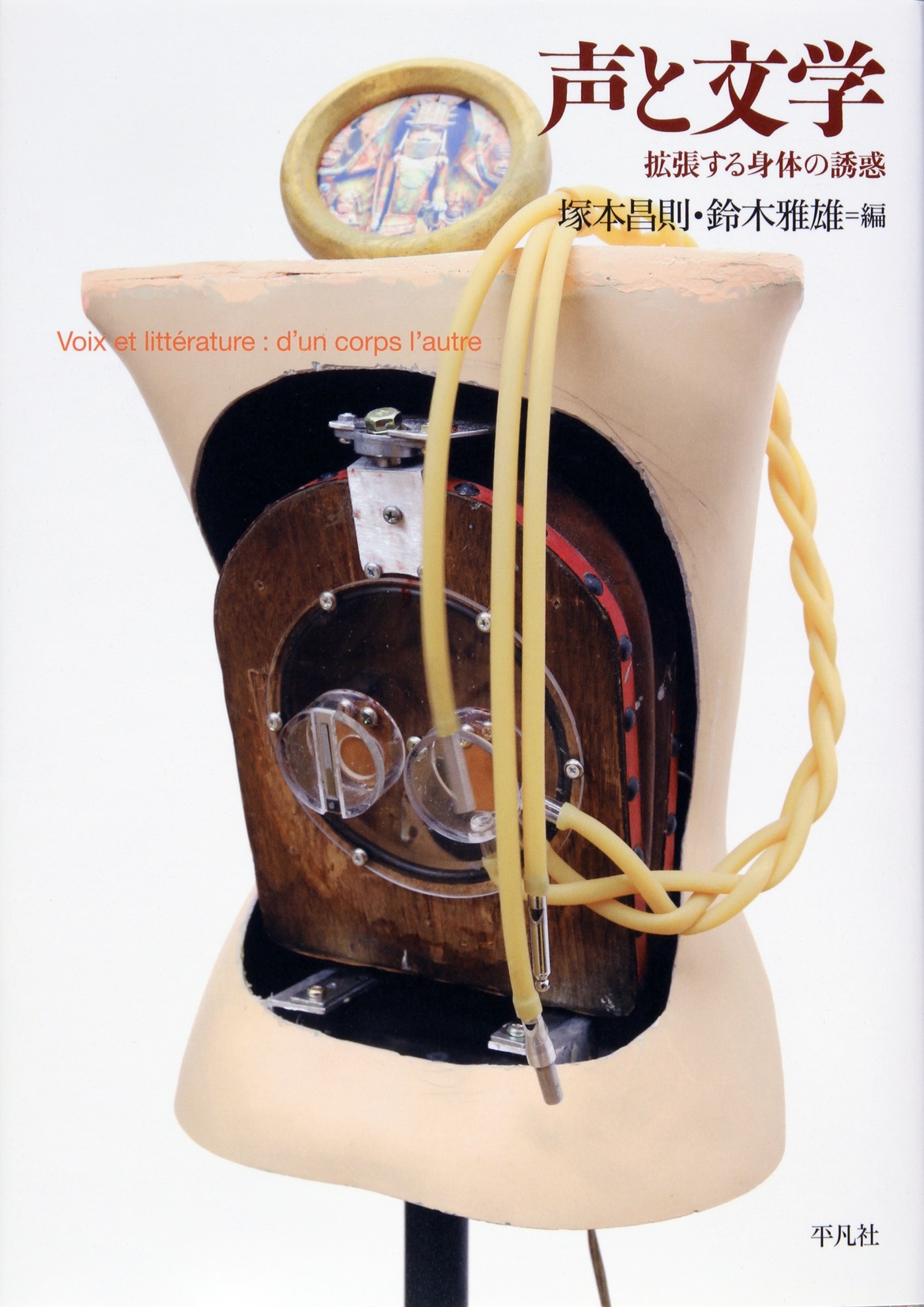
Title
Koe to Bungaku (Voice and Literature: Temptation of the Increasingly Augmented Human Body)
Size
590 pages, A5 format
Language
Japanese
Released
March, 2017
ISBN
9784582333275
Published by
Heibonsha
Book Info
See Book Availability at Library
Japanese Page
Voice is seemingly a phenomenon deeply rooted in the human body. However, it sometimes feels like voice has enigmatic extensity, not just being something uniquely possessed by an individual but having roots in old times and land’s memories. Although voice belongs to the individual who let it out, we often hear voices from afar that transcend a single human being. How does contemporary French literature depict this phenomenon called voice?
This book is a collection of essays written by 21 literary scholars who tackled on this hard-to-conquer subject of voice. While themes taken up are mostly works of French literature of the 19th and 20th centuries, diverse topics—ranging from Homer to Hatsune Miku—are covered, and as such, it is impossible to sum up the content of the book. However, readers would notice, after reading some of the essays, that there is something undeniably common to them all, i.e., the fact that voice, which seemingly constitutes the human body, is separable from the physical body of the speaker as well as from his or her being. Let’s go back to 1877, the date on which Thomas Edison invented the phonograph. According to Yudai Fukuda, in the early days following the advent of the phonograph, it was not necessarily easy to hear a human voice in the noise made by the machine. As symbolized by Nipper the dog listening to his master’s voice from a phonograph, people began to see a linkage between reproduced sound and a human voice only with the spread of the notion that a deceased person’s voice is recorded in a phonograph. The phenomenon that someone’s voice, which supposedly constitutes the very body of that person, would remain in this world even after the person has died, captivated people.
This is not an issue confined to technology in modern times. Voice-related human activities—i.e., reading, writing, and speaking—cannot be considered without taking into account communication with the dead. For instance, as perfectly formulated by Asa Ito, reading is an act in which a reader lends his or her voice to words left in the form of letters by the dead. Someone who was speaking in the text is perpetually trying to belong to the present through the bodies of living humans. This also means that an act of writing is not a self-exposure but is made complete only when an unknown reader lends his or her voice. An act of writing does not belong to either the writer or the reader. Rather, it is an act that creates a new being.
Practices of giving and borrowing voices can also be observed in various attempts to synthesize voices with Vocaloid. Susumu Niijima tells about a mother synthesizing the voice of her dead child, while Kentaro Nakata introduces an artist who continues to compose new songs sung by his dead wife with Vocaloid. Both the episodes are related to the fact that voice is a phenomenon in which communication with the dead is a natural assumption.
In the world of voice, the distinction between the living and the dead is becoming ever fuzzier. However, in view of the ongoing technological development, it appears that this is no longer limited to voice.
(Written by TSUKAMOTO Masanori, Professor / 2018)



 Find a book
Find a book


